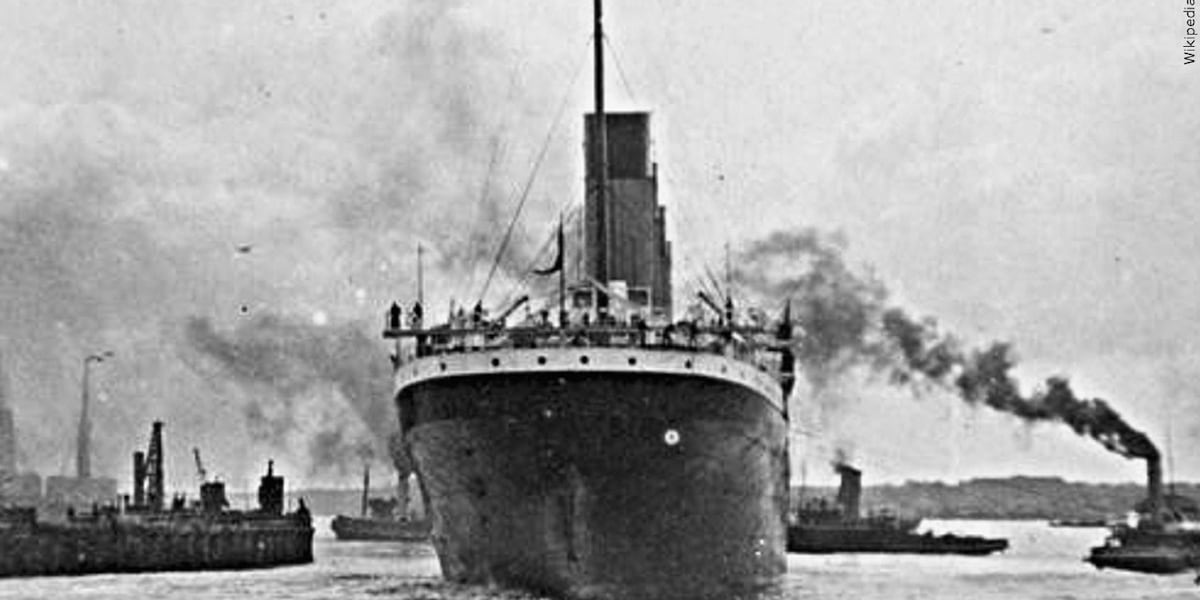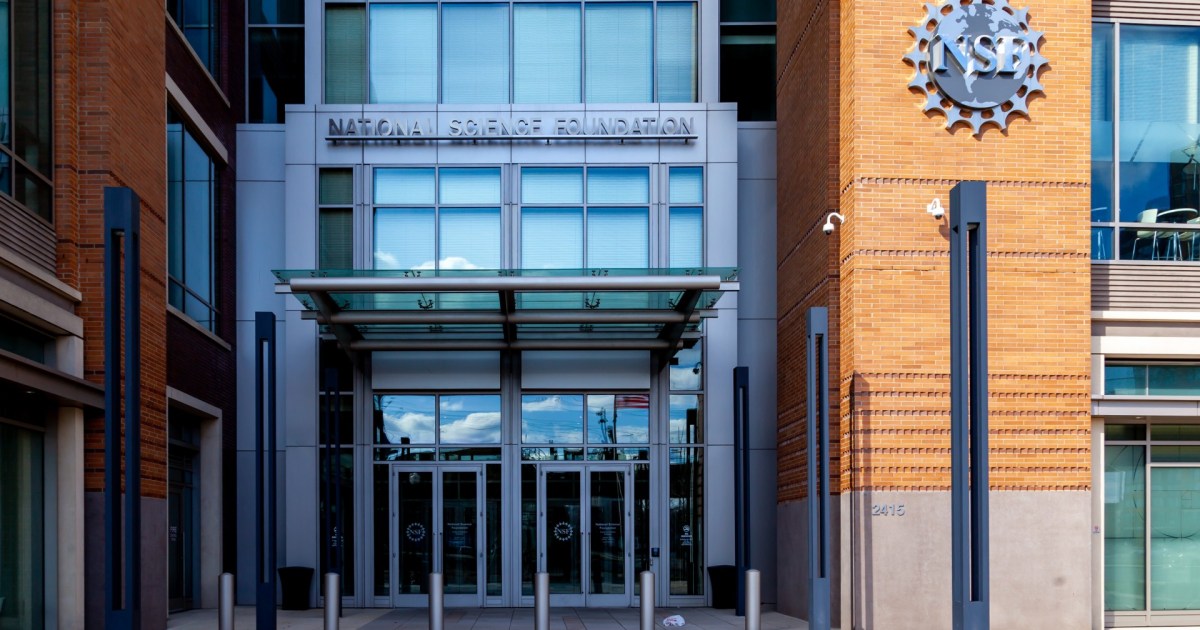Unsinkable Myth Shattered: The Shocking Scientific Secrets Behind the Titanic's Fatal Voyage
Science
2025-04-15 03:43:49Content

On the fateful night of April 14, 1912, a rare atmospheric phenomenon may have played a crucial role in the Titanic's tragic destiny. A thermal inversion created the perfect conditions for a superior mirage, potentially obscuring the true horizon and hiding deadly icebergs from the ship's watchful eyes. This atmospheric trick of light could have been the silent accomplice in one of maritime history's most devastating disasters, casting a deceptive veil over the dangerous waters that would ultimately seal the ship's fate.
Unraveling the Optical Illusion: How Atmospheric Conditions Deceived the Titanic's Lookouts
In the annals of maritime history, few events have captured the imagination quite like the tragic sinking of the RMS Titanic. Beyond the well-known narrative of human error and insufficient lifeboats lies a fascinating scientific phenomenon that may have played a crucial role in the ship's fateful encounter with an iceberg.The Atmospheric Enigma That Sealed a Legendary Vessel's Fate
The Science of Atmospheric Deception
Atmospheric conditions can create remarkable optical illusions that challenge human perception and navigation. On the night of April 14, 1912, a complex meteorological phenomenon known as a thermal inversion transformed the seascape into a treacherous optical trap. Unlike typical atmospheric conditions, this specific weather pattern created a unique visual distortion that would prove catastrophic for the world's most celebrated ocean liner. Thermal inversions occur when a layer of warm air sits atop a cooler air mass, fundamentally altering how light travels and how objects appear at a distance. This scientific anomaly can create what maritime experts call a "superior mirage" - a visual phenomenon that dramatically changes the perception of distant objects, effectively hiding potential dangers beneath a misleading horizon.Optical Illusions and Maritime Navigation
The physics behind thermal inversions reveal a complex interplay of temperature, light refraction, and atmospheric density. During such conditions, light rays bend in unexpected ways, creating visual mirages that can completely obscure or dramatically distort distant objects. For the Titanic's lookouts, this meant that potential hazards could be effectively camouflaged against the night sky and ocean. Nautical experts have long studied how atmospheric conditions can compromise maritime safety. The specific conditions on that fateful night created a perfect storm of visual deception, where icebergs could blend seamlessly with the surrounding environment, rendering traditional visual detection methods virtually ineffective.Forensic Meteorological Analysis
Modern scientific reconstructions have provided unprecedented insights into the atmospheric conditions surrounding the Titanic's final voyage. Researchers have meticulously analyzed historical weather data, combining meteorological records with advanced computer modeling to understand the precise atmospheric conditions that contributed to the disaster. The thermal inversion created a false horizon - a treacherous optical illusion that masked the true distance and proximity of potential maritime obstacles. This phenomenon effectively created a visual barrier that would have made detecting icebergs exponentially more challenging, even for the most experienced maritime professionals.Technological Limitations of Early 20th-Century Navigation
The Titanic's navigational technology was cutting-edge for its time, yet fundamentally limited by the scientific understanding of atmospheric phenomena. Without modern radar, satellite imaging, and advanced meteorological prediction tools, maritime crews relied heavily on visual observation - a method particularly vulnerable to atmospheric optical illusions. The combination of nighttime darkness, limited technological capabilities, and the rare thermal inversion created a perfect scenario for catastrophic miscalculation. Each element conspired to reduce the ship's ability to detect and avoid the massive iceberg that would ultimately seal its fate.Lessons from an Atmospheric Anomaly
The Titanic's story transcends a simple maritime tragedy, representing a profound intersection of human ambition, technological limitation, and natural complexity. The thermal inversion serves as a powerful reminder of how subtle environmental conditions can dramatically alter human perception and decision-making. Contemporary maritime safety protocols have evolved dramatically, incorporating advanced technological solutions that can penetrate atmospheric deceptions. Yet the Titanic remains a poignant testament to the unpredictable nature of environmental interactions and human vulnerability in the face of complex natural phenomena.RELATED NEWS
Science

Breaking Barriers: How Northeastern's Girls Are Revolutionizing STEM Education
2025-02-16 16:07:39
Science

Breaking Barriers: The Scientific Insights into Transgender Athletes' Performance
2025-03-07 23:35:58
Science

Breaking: U.S. Scientific Innovation on Life Support - The Quiet Crisis Unfolding
2025-04-09 12:30:00





